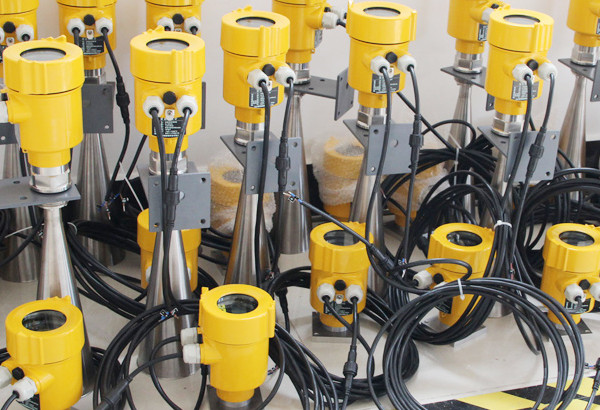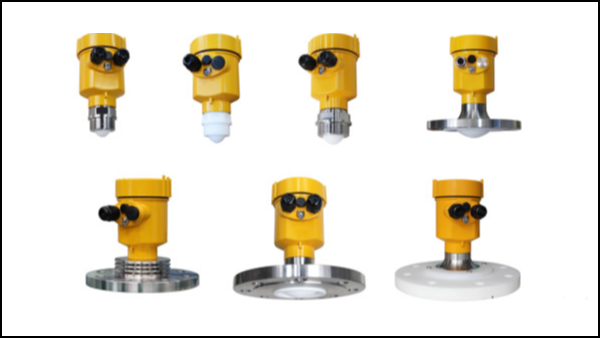A level gauge is a device used to measure the height or depth of a liquid or solid in a vessel. In industry and engineering, the choice of level meter is critical to ensure the safety and effectiveness of production processes. Radar level meters and buoy level meters are two common liquid level measurement techniques that differ in principle, application, and advantages and disadvantages.

The radar level meter is a level measurement technology based on the electromagnetic wave principle. It determines the height of the liquid level by transmitting radio waves and measuring their return time.
The radar level meter has high accuracy, high reliability, and applicability to various liquids.
It can measure high temperature, high pressure, and corrosive liquids and is suitable for chemical, petroleum, food, and pharmaceutical industries.
The radar level meter also has the advantage of strong anti-interference ability and is not affected by temperature and pressure, which makes it suitable for level measurement in harsh environments.
However, the radar level meter also has some limitations. It is relatively more expensive and may not be suitable for some projects with limited budgets.

Compared with the radar level meter, the buoy level meter is a traditional level measurement technology. It determines the height of the liquid level by the floating and sinking of a buoy.
With the advantages of simplicity, reliability, and low cost, the buoy level meter is suitable for some simple liquid level measurements scenarios, such as pools and storage tanks.
Installation and maintenance of float-level meters are relatively simple and do not require much professional knowledge and skills. However, there are some limitations of the float level meter.
Firstly, it has a relatively narrow measurement range and is only suitable for level measurement in smaller vessels.
Secondly, the float level meter is affected by the density and viscosity of the liquid and needs to be calibrated for different liquid measurements. In addition, the float level meter may have limitations in measuring high temperature, high pressure, and corrosive liquids.

In summary, both radar level meters and buoy level meter have their own advantages and limitations in liquid level measurement. A radar level meter is suitable for complex environments and demanding liquid level measurement with high accuracy and reliability but at a higher price.
While float level meter is suitable for simple liquid level measurement scenarios with lower cost, but narrower measurement range. When choosing a level meter, you need to consider the project’s needs, budget, and environmental conditions to select the most suitable level measurement instrument to achieve the greatest economic benefits and the best results.
